Materials
Oak
- Rugged strength and lasting durability describes oak.
- It gains character from prominent grain patterns that vary from closely knit to wide sweeping patterns.
- Oak is a heavy hardwood with good wear resistance.
- Oak's density, grain and weight make it resistant to dents and scratches.
- Oak's colors can range from white to light brown, with occasional pink tones.
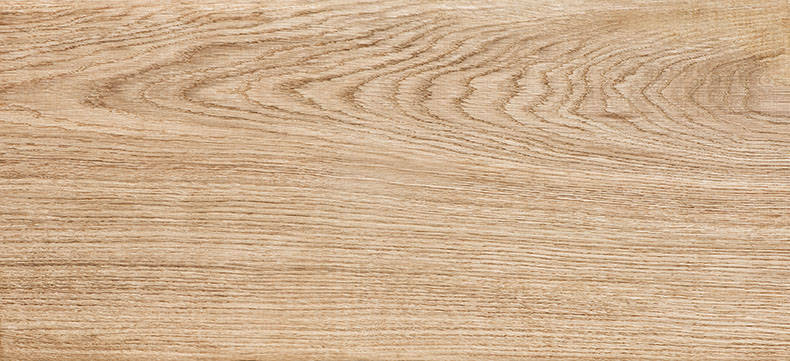
Maple
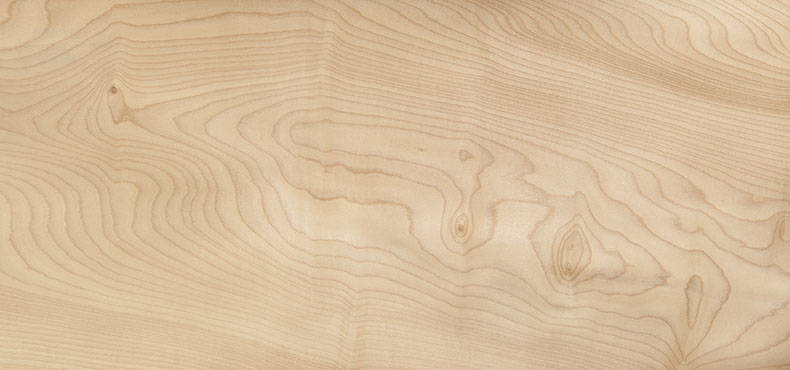
- The clear and smooth appearance of Maple is credited to the fine, even grain of the wood.
- Maple is hard, strong and sturdy, making it a popular hardwood for cabinetry.
- The wood color can vary from near white to medium brown or reddish brown, and can turn yellow with age.
- Mineral streaks and pin knots are inherent in Maple and may be enhanced by certain stains or finishes.
- As a result of the lack of grain, or the closed grain, Maple does not stain as easily as other hardwoods.
Alder
- Alder is very soft and lighter than most hardwoods.
- Alder will show scratches and dimples more easily as it is not as dense as other wood species.
- For this reason, it makes a great wood to distress.
- Its color is light to medium brown with yellowish or reddish hues.
- Clear Alder has fairly straight grain and is primarily uniform in texture, although it may contain certain small pin knots and mineral streaks.
- Our knotty Alder door features even more mineral streaks and knots of varying size and quantity.
- Alder is porous and soaks up stains and lacquer, which can cause finishes to appear less glossy.
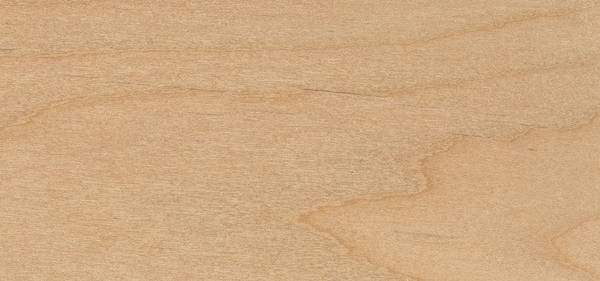
Hickory
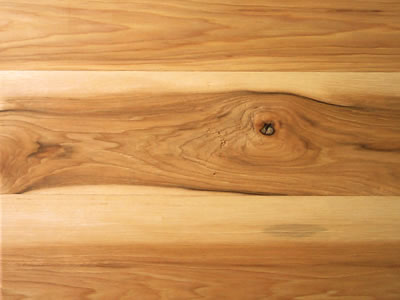
- The wild color variation of Hickory makes it a bold and dramatic choice.
- Hickory is extremely dense, which makes it heavy, strong and lasting.
- Hickory is known as a "lively wood" with its doors being prone to twisting, shifting and moving with temperature and humidity changes.
- The colors of Hickory range from white to dark brown and may vary with the same piece of wood.
- Pinholes, knots, burls and mineral streaks are frequent in Hickory and add to its rustic appeal.
Cherry
- Cherry is a smooth, even-grained hardwood known for its warm, rich hues.
- Cherry can range from deep red to reddish-brown in color.
- In its natural state, Cherry may contain areas that are yellowish, green and even grey.
- Cherry "mellows" and darkens with age.
- Exposure to bright or direct sunlight will cause the wood to darken and redden significantly.
- Cherry will have some sapwood, mineral streaking, fine pin holes and small knots.
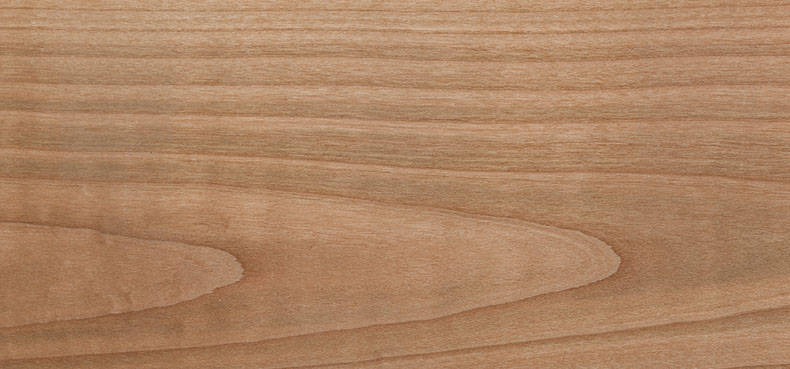
European Beech
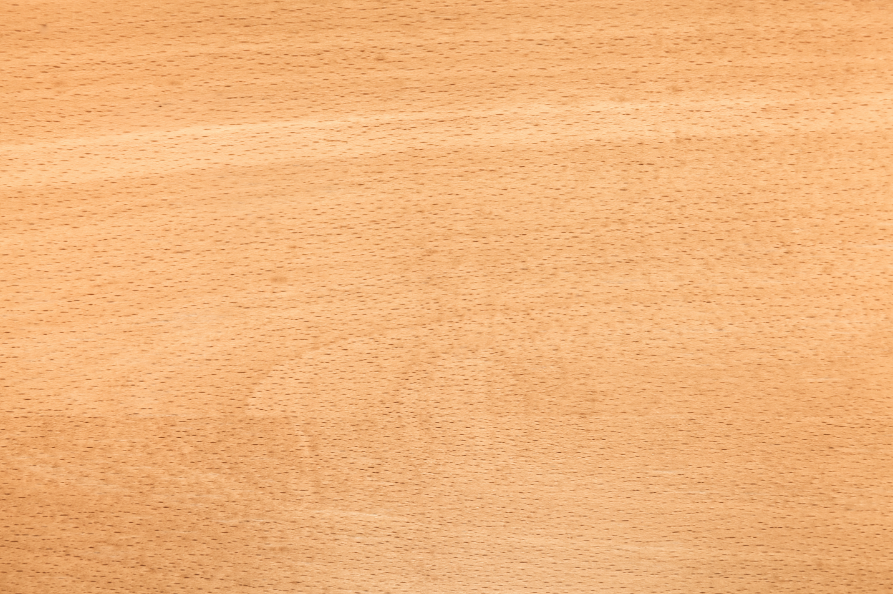
- European Beech is a hard, strong, heavy, closed-grain hardwood.
- This sleek, even textured wood is more dense than either Maple or Oak.
- It shares the same staining characteristics of Maple, as it accepts a wide variety of stain products.
- In its natural state, European Beech is predominantly uniform in its blonde color, although minimal variances from heartwood (pale pink-red) to sapwood (white) can occur.
Granite
Granite is a natural stone and is one of the most popular countertop materials on the market. Granite is often cited as the most durable natural countertop material available and is known for resisting cracks and chips. With proper annual re-sealing, granite is very resistant to stains. It is the hardest stone, ideal for countertops and high-traffic areas.
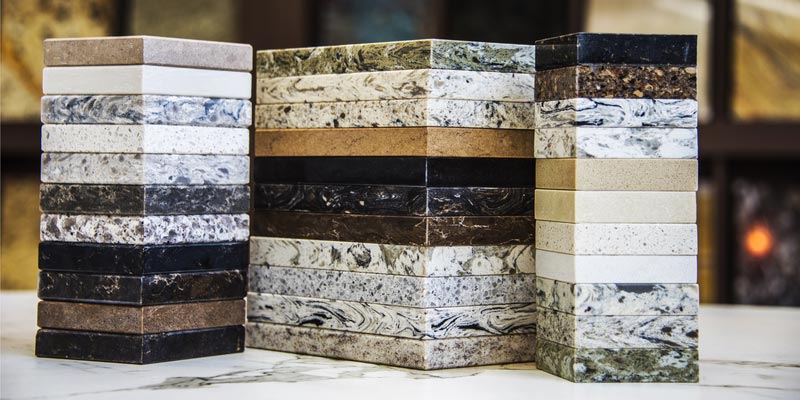
Quartz
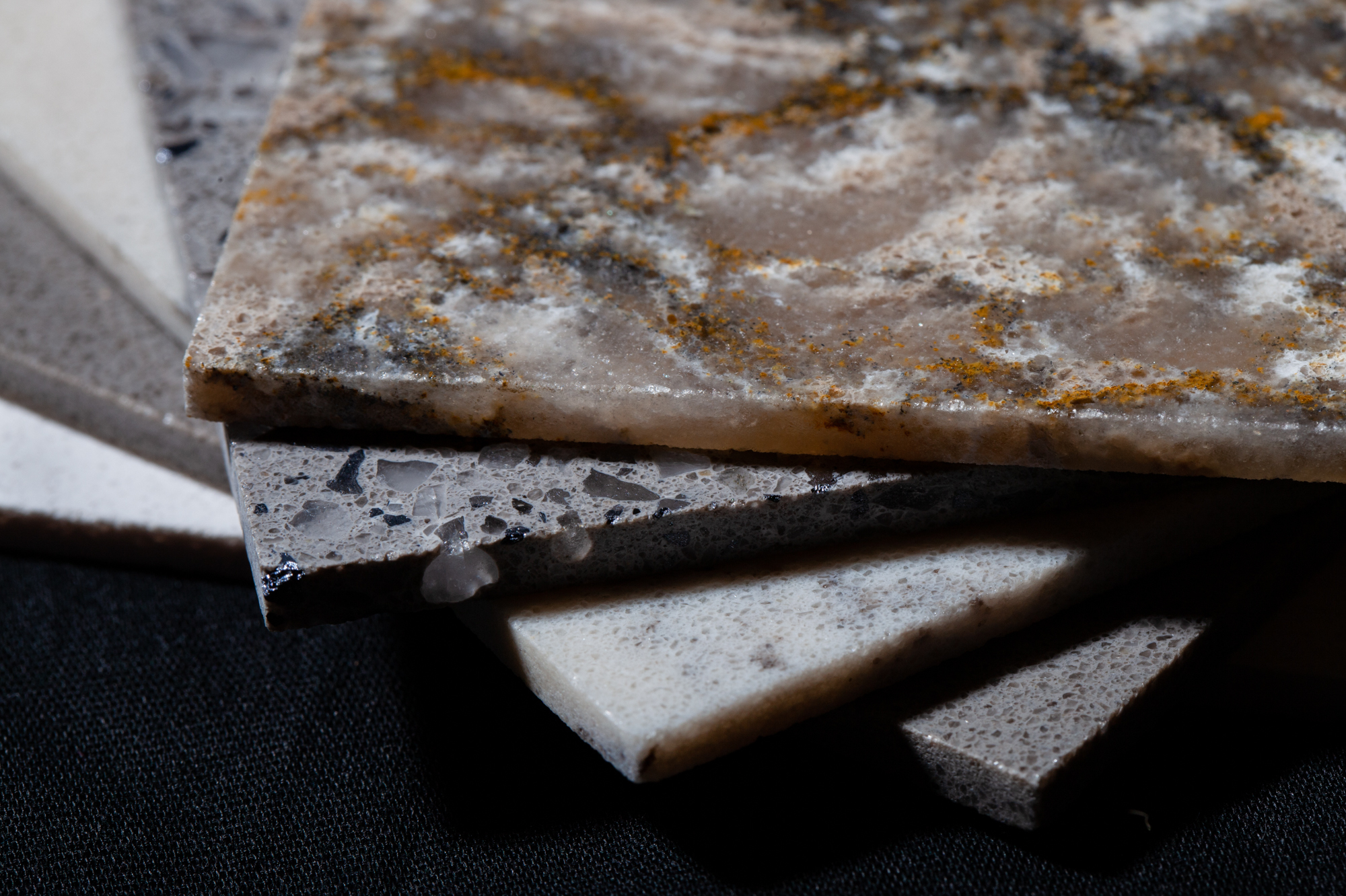
Quartz is a nonporous material, with the ability to repel coffee, oil, and food coloring. Quartz is a manmade material, slightly more resistant to damage, but maintains limited resistance to heat exposure. It should only be exposed to extreme temperatures for short periods of time, if at all. Every manufacturer has different care policies and warranties regarding quartz. We highly recommend that you review these forms to avoid any issues.
